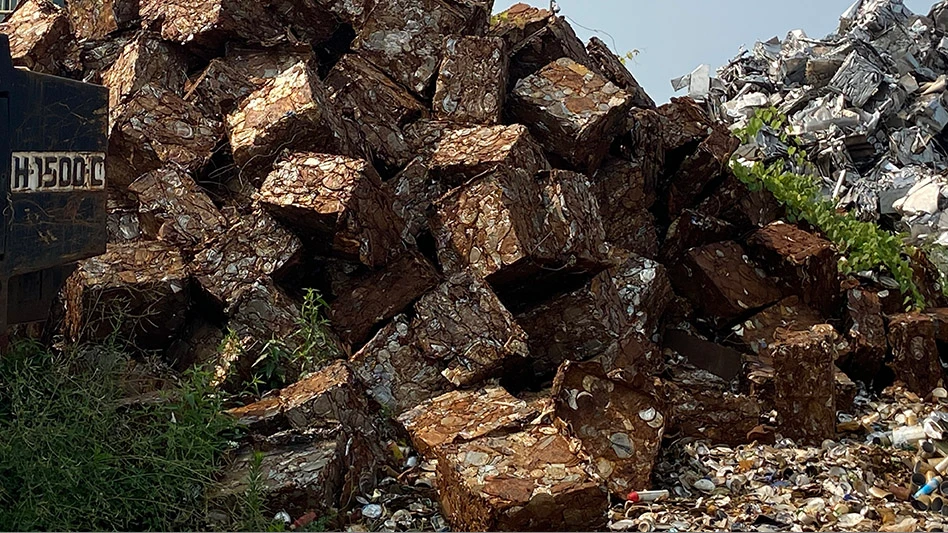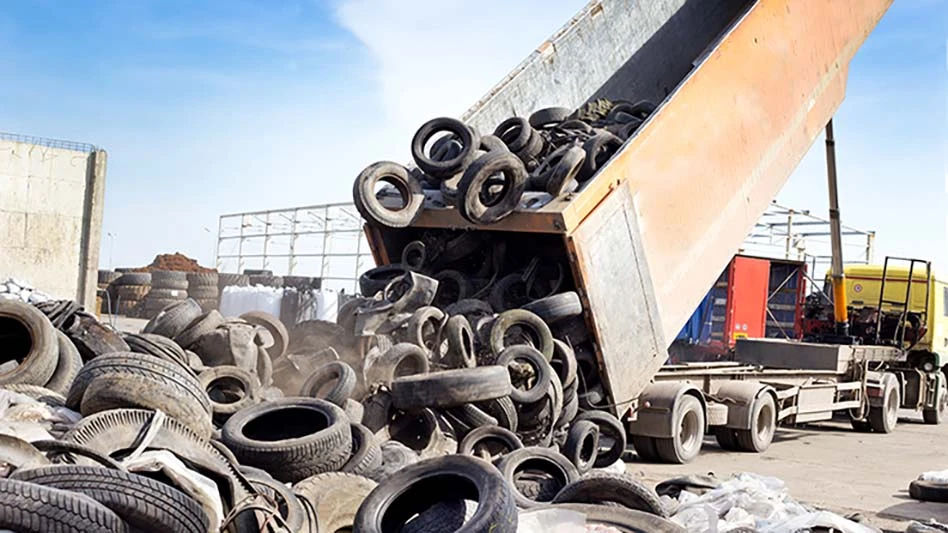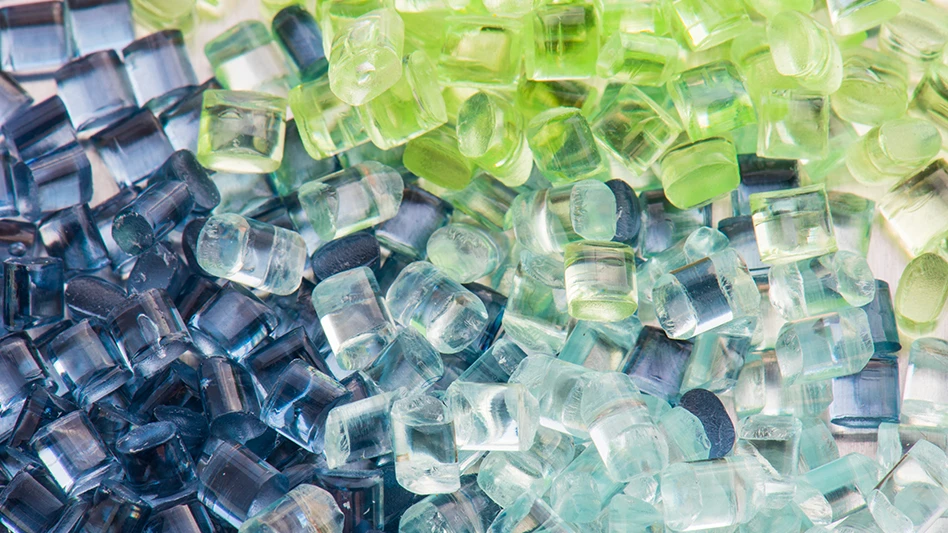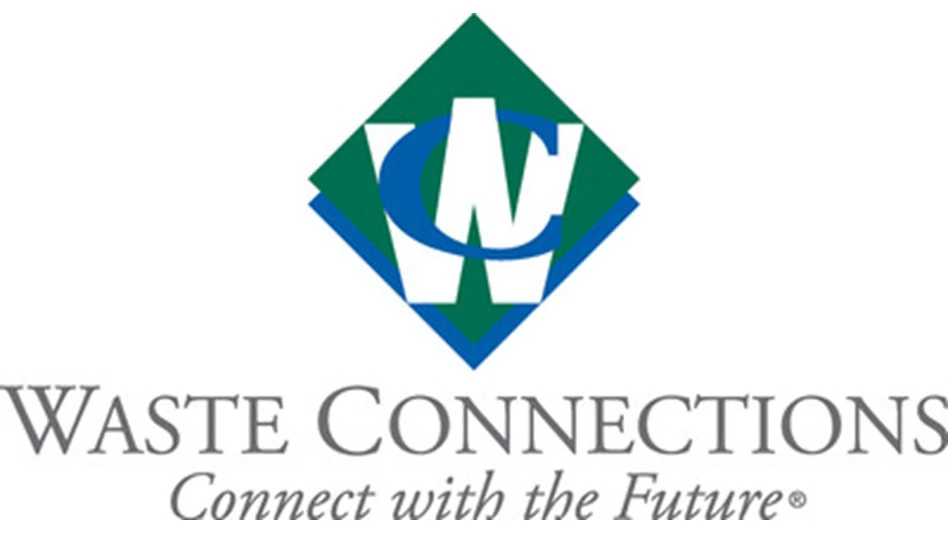
Recycled polyethylene terephthalate (rPET) makes up about 12 to 14 percent of the PET packaging resin produced and consumed annually in the United States, according to IHS Markit analysis. That volume had been gradually but steadily growing until 2014, when the growth of rPET appears to have flat-lined. Understanding the causes for the apparent loss of momentum requires examination of the fundamental market conditions driving PET supply and demand, as well as the forces created by changing raw materials markets. In short, virgin PET prices have been driven down by a series of developments: competition boosted by domestic overcapacity, flattening of demand, pressure from lower cost imports and plummeting raw material prices. Recyclers’ costs of collection and processing have not changed dramatically in the same time, so most or all of the price-based incentive to use rPET instead of virgin resin vanished, creating an environment in which the commitment to sustainability, the major remaining current motivation to use rPET, is being tested severely.
Overcapacity concerns
The North American market is mature, with the highest direct PET consumption per capita of any region in the world. Mexico and the U.S. combined have a per capita PET consumption that is higher than Western Europe, the second-place region, and is much higher than the developing world.
The strongest periods of growth for PET in North America took place when PET gained market share at the expense of glass and aluminum in the carbonated soft drink (CSD) industry, followed by the replacement of glass in food and liquor containers, the emergence of the single-serve market for CSDs and, finally, the explosion of the bottled-water market. All of these substitutions have pretty much come to an end, and in some cases reverted back to other materials for marketing reasons (think aluminum cans for flavored sparkling water), making PET a victim of its own success.

Demand in one key segment also has languished: CSD. Years of negative press coverage on the health impacts of sugared and diet beverages appear to have changed consumer preferences, with CSDs showing losses for the last 10 years—and 2016 was no exception. Over the past 12 months, U.S. sales of total CSDs are down about 2.5 percent.
The bottom line is that PET will grow, slowly, from an overall increase in the North American population, as well as from growth in bottled water and from some conversions from glass in packaging.
The North American market has been structurally long (capacity exceeding domestic demand) since the mid-1990s, meaning North America does not need imports to meet its demand requirements. Oversupply meant increased competition among producers for market share, and that led to steady price erosion, which was good for PET demand but began depressing the price premium for virgin PET over recycled resin.
The industry responded to margin pressure not by rationalizing surplus capacity but by consolidating ownership. Since 2010, the number of virgin PET producers has shrunk from eight to four, but the production capacity actually has grown and is due to expand again this year with the startup of a very large PET unit in Corpus Christi, Texas.
Making matters worse, every region of the globe has overbuilt, with Asia carrying a marginally larger portion of the overburden. The world currently has about 30 percent more virgin PET capacity than demand suggests is needed.
Eroding prices
The story that developed in an environment of oversupply and weak demand growth was one of eroding prices for virgin PET from 2011 to 2013. In response, buyers expected similar price reductions for rPET. The observations over time by IHS Markit, augmented by conversations with market participants, led us to consider the fundamental relationships between costs and prices for virgin PET resin and rPET, based on objectively identifiable markers. Boiling down the historical market behavior of both, IHS concluded that, roughly speaking, when the price premium for virgin PET over rPET fell to a certain point, demand for rPET appeared to soften. The implication is that there is an approximate price at which a buyer is indifferent between purchasing rPET and virgin, considering factors such as scrap rates, equipment utilization, corporate sustainability and recycled-content goals. In other words, there is a point at which a buyer will prefer one resin or the other and alter his or her purchase patterns.
Based on analysis of the data, the critical price point appeared to be a spread of approximately 50 cents per pound between the market price for virgin PET and that of baled PET bottles, curbside. At that point, recyclers needed to reduce their prices or risk losing volume. Since the costs are fairly fixed to clean and upgrade recycled bottles to the minimum required intrinsic viscosity (IV) and to meet Food and Drug Administration (FDA) standards for a No Objection Letter, the easiest way to retain profitability is lower raw material prices. The raw material for the rPET industry is baled bottles, and curbside bottle pricing fell from averages in the mid-30 cents per pound in 2011 to less than 20 cents per pound by early 2014, a decline of more than 40 percent in a short time.
There are still reasonable prospects for the recovery of demand growth for recycled PET, promoted by growing consumer preference for recycled polymer content and sustainability-driven marketing efforts, but it appears that a rebound prompted by higher virgin prices may take a year or more, at least.
The story does not end there, and only gets worse when looking at raw materials. In Asia, companies also overinvested in capacity for purified terephthalic acid (PTA) in 2013-2014, to the extent that those units have been running at only about 75 percent of capacity. PTA makes up about 85 percent of PET raw material costs, and the prices for PTA in China plummeted to levels far below the prevailing market prices in North America, giving Asian PET producers the combination of too much capacity and a production cost advantage. Not surprisingly, those producers targeted increased sales of PET into the North American market. Imports of virgin PET into the U.S. increased at double-digit rates, adding fuel to the competitive fire that was driving down PET prices. Finally, the unexpected collapse of global crude oil prices since 2014, while an economic benefit in many ways, intensified the downward pressure on PET prices. Both critical raw materials for PET synthesis, PTA and monoethylene glycol (MEG), are ultimately derived from crude oil. Falling crude prices steadily lowered the cash cost of production for both chemical intermediates and, in the highly charged competitive environment, those lower costs were quickly transferred downstream to PET buyers in the form of lower PET prices.
Faced with falling prices for PET, the recycling market had only one source of relief to remain cost competitive, which was paying ever lower prices for recovered containers. Over the course of 2014 and 2015, those prices fell steadily, and by early 2016 the curbside prices for baled bottles fell below 10 cents per pound. Small wonder that the “Report on Postconsumer PET Container Recycling Activity in 2015,” concluded that though the volume of bottles available for recycling increased in 2015, the volume collected decreased, so the recycling rate dropped nearly 1 percent. The report, issued by the National Association for PET Container Resources in conjunction with the Association of Plastic Recyclers, further concluded that the decrease in collection volumes in 2015 appears to be the result of a drop in PET collected curbside. At this time, the prices for recycled bottles are very close to the cost of collection and sorting, so the incentive to collect and process PET is quite low.
Growth prospects
There are still reasonable prospects for the recovery of demand for recycled PET, promoted by growing consumer preference for recycled polymer content and sustainability-driven marketing efforts, but it appears that a rebound prompted by higher virgin prices may take a year or more, at least.
The competitive pressures holding down the prices of virgin PET resin are not expected to abate rapidly, so the dynamic that encourages virgin consumption in favor of rPET will persist. The energy consultants at IHS Markit foresee a slow recovery of crude oil prices, from an average of about $43 per barrel (Brent) in 2016 into the mid-$50s this year and 2018, so PET raw material prices will rise; but, assuming that forecast is accurate, not as steeply or rapidly as they came down in 2014.
Furthermore, paraxylene (PX), PTA and MEG supplies will be abundant, with capacity increases expected to outpace demand over the next few years, which will tend to hold prices down. PET operating rates and selling prices will remain suppressed by global oversupply. However, some steps still are within the grasp of the PET industry that could encourage more rapid recovery. The prime opportunity is in the potential for rationalization of older, excess capacity. Two or three PET units in North America are reasonable candidates to be decommissioned, especially after the new PET and PTA capacity under construction at Corpus Christi comes onstream this year. Another potential action would be the pursuit of another round of anti-dumping investigations by the U.S. Commerce Department, if the industry brings forward a dumping complaint. The industry received tariff protection in 2016 against low-priced imports from India, China, Oman and Canada. Those sources have been effectively cut off, but they have been replaced by a surge of PET from Brazil, Taiwan, Korea and other nations. A second round of anti-dumping duties, if they were to be imposed, would probably stem the import flow significantly, leading to higher virgin PET prices in North America.
The bottom line for the PET recycling industry in North America is that profitability will not be facilitated by a rapid recovery of PET market prices, at least not a rebound driven by foreseeable market forces; therefore, survival will depend on strong cost management and emphasis on the sustainability advantages of using rPET. The price for baled PET bottles from curbside recycling programs has probably reached its floor and rebounded enough to sustain collection and sorting, but little additional relief is available from that source. The spread between virgin imported resin and rPET rests today at about 40 cents per pound, which is below the theoretical indifference point of 50 cents per pound extrapolated by IHS Markit. This means that pure raw material economics will discourage substitution of virgin by recycled resin in the short term. On the brighter side, the spread has held pretty steady for most of 2016, and if the recent uptick in crude oil prices holds, the spread might shrink incrementally. Therefore, the transition away from rPET should have stopped, and buyers may now be more likely to consider the possible consumer marketing advantages of increasing their recycled resin content.
For more information: IHS Markit, 281-752-3264, www.ihsmarkit.com
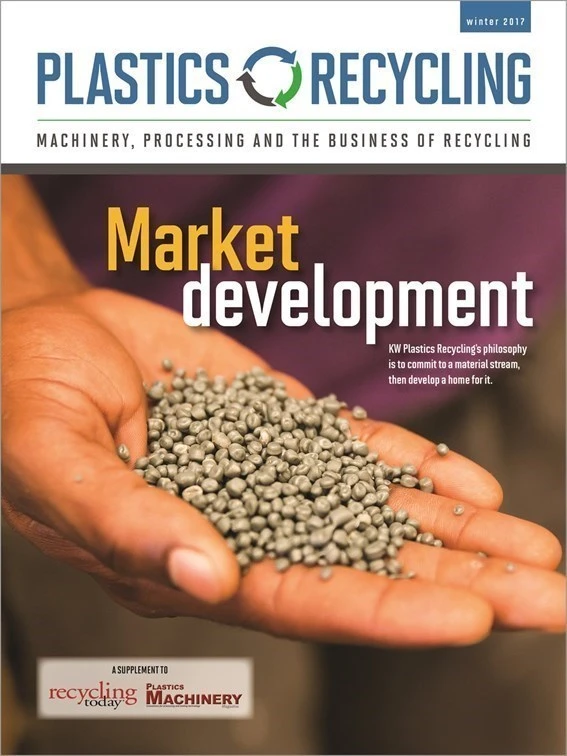
Explore the February 2017 Plastics Recycling Issue
Check out more from this issue and find your next story to read.
Latest from Recycling Today
- Lautenbach Recycling names business development manager
- Sebright Products partners with German waste management equipment company
- WasteExpo transitions to biennial format for enhanced experiences
- Study highlights progress, challenges in meeting PCR goals for packaging
- Washington legislature passes EPR bill
- PureCycle makes progress on use of PureFive resin in film trials
- New copper alloy achieves unprecedented high-temperature performance
- Gränges boosts profits and sales volume in Q1 2025
